A Dubrow Diet reviews this popular version of intermittent fasting for weight loss.
The Dubrow Diet was developed by Heather Dubrow, a reality TV star from “The Real Housewives of Orange County,” and her husband, Dr. Terry Dubrow, a Newport Beach plastic surgeon and “Botched” star. The couple, who were fed up with years of yo-yo dieting, wrote “The Dubrow Diet: Interval Eating to Lose Weight and Feel Ageless,” detailing how they created their own program and eventually achieved success.

Also read-7 Spices To Relieve Bloating, Constipation, And Gas: A Comprehensive Guide
The Dubrow Diet makes several claims about its benefits, including weight loss, skin appearance improvement, energy boosts, blood sugar stabilization, reduced inflammation, and potent anti-aging effects. But does it function? Learn more about the plan’s specifics, possible advantages, and risks by reading on.
How can you start following the Dubrow Diet?
You must purchase the book in order to properly adhere to this diet. It offers sample meal plans, food lists, recipes, suggested supplements, and a detailed description of each diet phase. In summary, the three-phase diet—which they refer to as interval eating—is essentially intermittent fasting.
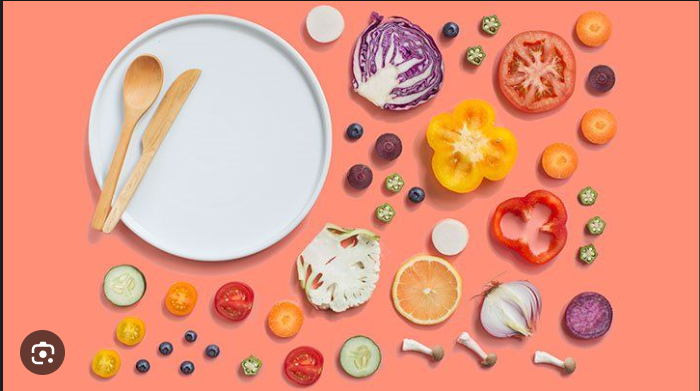
Known as “Red-Carpet Ready,” the first phase lasts two to five days and consists of 16 hours of fasting (also called “resetting,” per the Dubrows’ preferred terminology) followed by 8 hours of eating (also called “refueling,” per their preferred terminology), with an estimated daily calorie intake of 1,000 to 2,000.
The second phase, “Summer Is Coming,” comes in three varieties, depending on how challenging you are finding the fasting and how quickly you would like to meet your goal. The slow speed includes a 12-hour reset and a 12-hour refuel; the medium speed is a 14-hour reset and 10-hour refuel; and the fast speed is a 16-hour reset and an eight-hour refuel. Each speed also comes with some type of “cheat” moment, meal or day
The third phase, “Look Hot While Living Like a Human,” is marketed as the eating schedule you need to maintain long-term. On it, you follow a 12-hour reset/eight-hour eating schedule five days a week and a 16-hour reset/eight-hour eating plan the other two days. You can choose which days you would like to do what.
What can you eat on the Dubrow Diet?
The Dubrow Diet limits not only when you can eat but also what kinds of foods you can eat and how much of each. Phase 1 provides the reader with instructions on how much protein, carbohydrate, and vegetable servings to consume through a customizable meal planner. Additionally, it offers sample meal plans and food lists. Phase 2 uses the same meal planner as Phase 1, but it adds more sample meal plans and a longer food list.

The Dubrows recommend a range of foods during refueling, but they also recommend very specific frequencies and portion sizes. For instance, a serving of protein is three to four ounces, two to three times a day; a serving of fruit is one cup or one small individual fruit; and a half-cup of complex carbohydrates, like lentils, barley, or a slice of multigrain bread per day. White flour is discouraged.
In phase one, dairy products without fat are permitted; in phase two, fat content is increased to 2%. In general, phase two, when moderate alcohol consumption is permitted, sees a slight expansion in food options. That equates to one drink per day for women and two drinks for men.
It is advised that you carry on eating the foods to which you became accustomed in phases 1 and 2. According to the Dubrows, you can go a little more liberal with portion sizes during this phase, but you should review them if your weight starts to rise again.
The Dubrows permit sugar-free beverages and low-calorie (no more than 100 calories total) supplements during fasting. As an illustration, you can sip water,coffee, unsweetened tea, powdered beet, or green-based supplement drinks.
Dubrow Diet food list
Foods recommended:
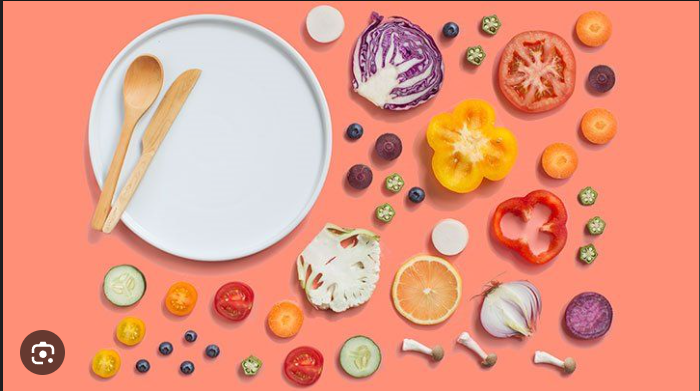
- Leaner cuts of beef, chicken, fish, tofu, and eggs are sources of lean protein.
- Nuts, seeds, avocados, and olive oil are good sources of fat.
- Brussels sprouts, broccoli, asparagus, and leafy greens are examples of lower-carb vegetables.
- Fruits include watermelon, apples, berries, and cantaloupe.
- Whole grains: barley, oats, and quinoa.
- Legumes include white beans, chickpeas, and lentils.
- Dairy products: milk (non-fat only in phase 1), cheese, and Greek yogurt.
- Drinks: water, herbal tea, coffee, and tea without added sugar.
Foods to avoid:
- Processed foods include baked goods, crackers, chips, and candies.
- Table sugar, evaporated cane juice, and high-fructose corn syrup are examples of refined sugar.
- Higher-carb foods include sweet potatoes, pasta, white bread, and white rice (but not white bread).
- Fried foods include fried chicken and French fries.
- processed meats, such as deli meat, hot dogs, sausage, and bacon.
- Alcohol: wine, beer, and distilled spirits (acceptable in stages two and three).
Is the Dubrow Diet healthy?

There doesn’t seem to be any specific research that looks at the Dubrow Diet itself in relation to its health claims, which include weight loss, better skin appearance, increased energy, stabilized blood sugar, reduced inflammation in the body, and anti-aging benefits. Nonetheless, some of its constituents, like intermittent fasting, have been the subject of indirect research. The evidence supporting intermittent fasting is still lacking, and many of the studies have used animals as their test subjects. Though weight loss has been linked to the most promising studies, it is still unclear which strategy—calorie restriction or interval eating—appears to produce better outcomes.
Pros
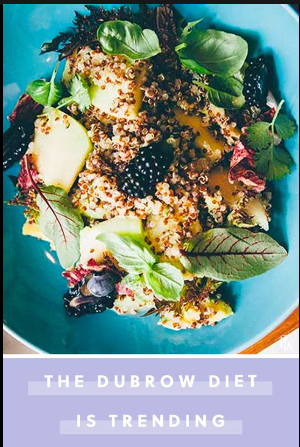
Positively, as a nutrition expert, I support the Dubrow Diet’s encouragement to consume a wide range of nutrient-dense foods like fruits, vegetables, legumes, nuts, yogurt, and seafood. Additionally, since you are controlling your portion sizes and consuming fewer calories, you will most likely lose weight on this diet if weight loss is your main objective.
Cons
For the average person, the recommended portion sizes are largely restrictive, especially when combined with Dubrow’s recommendation for a high-intensity interval training program.
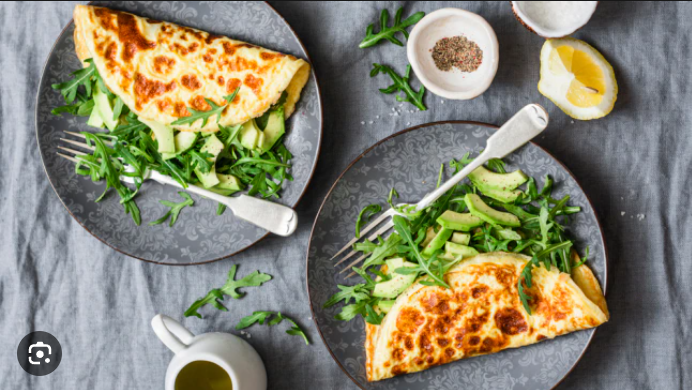
Additionally, it seems archaic to use the word “cheat” as a prefix for a meal, moment, or day in Dubrow. The majority of us have abandoned that phrase and mindset around food since it associates eating with food guilt, which is neither beneficial nor healthful.
Furthermore, despite the Dubrows’ repeated references to their plan as a lifestyle, it still strikes me as being overly focused on diets and difficult to maintain over time. Not to mention the phase names—”Look Hot While Living Like a Human”—which seem to promote vanity over health.
Bottom line
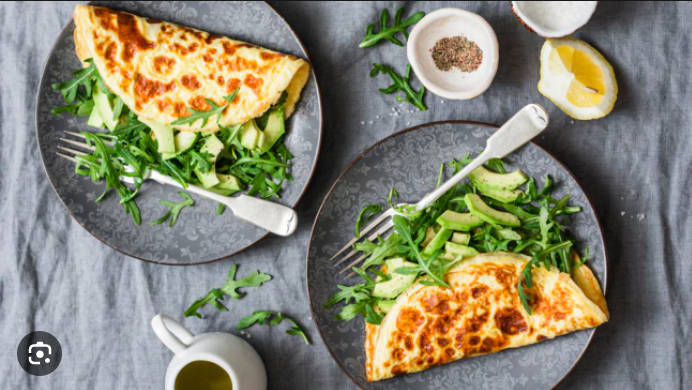
Like any restrictive diet, the Dubrow Diet may be effective for the Dubrows, but you are the best judge of whether or not it will be enjoyable and sustainable for you over the long run.
Also read-Turmeric : The Benefits Of Turmeric And Good And Healthy For Our Body
images source: Google
Disclaimer: The opinions and suggestions expressed in this article are solely those of the individual analysts. These are not the opinions of HNN. For more, please consult with your doctor.




































